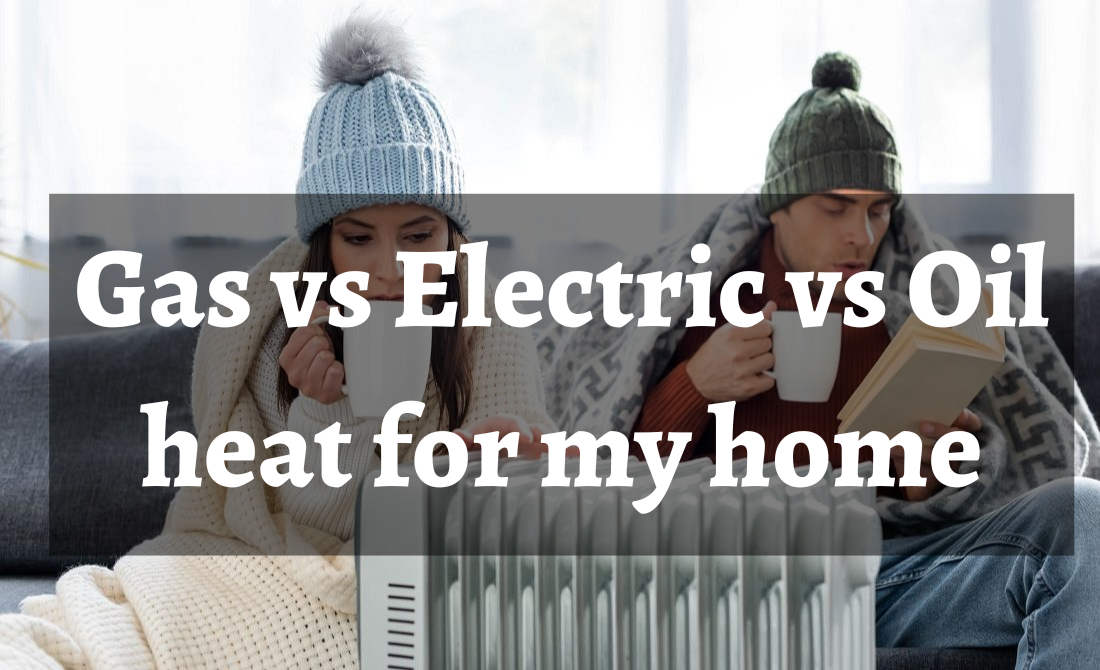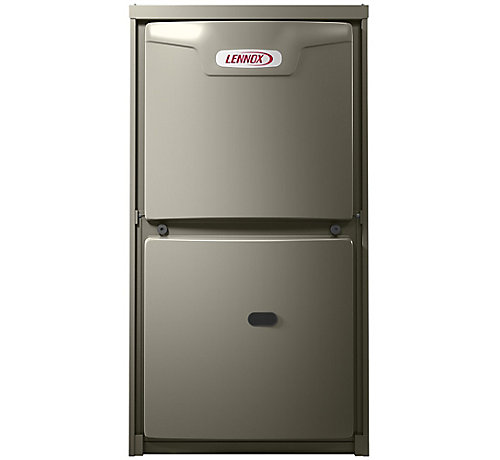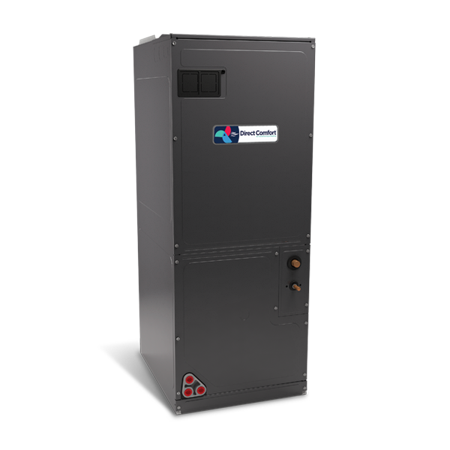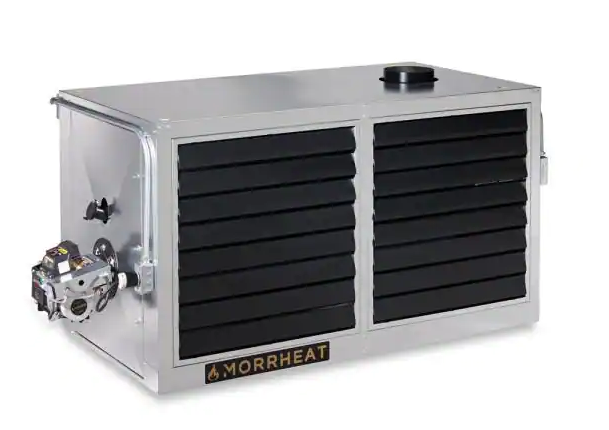Leonard Splaine Gas vs Electric vs Oil Furnace for my Home

Not that we need to remind you, but getting a good heating system for your home is very important, especially now that the end of the year is fast approaching. This certainly means cooler to chilly temperatures are just right around the corner.
Fortunately, the market these days is flooded with so many good heating options. To pick the right one for your home and needs, all you just need to do is to know exactly what you’re looking at. This of course may sound confusing because so many home owners do not know what heating system is the most efficient and good for their homes. So whether you’re just researching or looking to make a purchase, this post is going to get you acquainted with the different types of furnaces and help you choose the best one to match your needs.
Before we draw the comparison between gas, electric and oil heating systems for homes, it is important to understand what makes a furnace efficient because the more efficient a furnace is, the less energy it needs to operate, and this can translate into lower heating bills.
What Determines Furnace Efficiency
Of course, it’s helpful to know what defines “efficient”. So when you’re looking for an efficient furnace, or trying to determine if an existing furnace is efficient, you know what to look for.
In general, annual fuel utilization efficiency rating, or AFUE is the most important piece of information needed to know how efficient a furnace or a heating system is. This measurement, which is expressed as a percentage, reveals how much of the energy (often in the form of electricity, oil or natural gas) that the system consumes is used for heating your home as opposed to how much is wasted. In other words, it informs you of the amount of energy that the system transforms into useful heat.
A system with an AFUE of 90%, for instance, would be highly efficient because all but 10% of its energy would be put to good use. The department of energy (DOE) currently mandates an AFUE minimum of 80%, but many contemporary heating systems perform better than that (some even reach 98.5%). As you determine your desired efficiency, keep in mind that AFUE may decline over the years because of dirty components, aging of the appliance and its parts, damaged parts and clogged furnace filters if regular maintenance isn’t done.
Annual furnace maintenance by a licensed furnace or HVAC technician is the best way to ensure your furnace operates at peak efficiency for its lifetime.
Gas vs Electric vs Oil Heating: Pros and Cons
When it comes to heating your home, it is important to find a type of furnace that matches your budget and desired efficiency level. This section discusses the 3 types of heating system that are common in the market.
Gas Furnace: The Pros and Cons

A gas furnace is the most popular type of furnace for homes. It is the least expensive furnace to operate and it costs about $5,000 to $7, 000 to purchase upfront. A gas furnace operates at an AFUE of 95-98% which makes it very efficient and high in performance.
Here are some of the main gas furnace components to know.
- Thermostat: This is a temperature-activated switch that tells the furnace via the control board that the house needs heat (internal temperature is below set point). This signal turns on the ignition switch in the oven, igniting the burner.
- Draft Hood/Fan: The fan draws air into the burner assembly where it mixes with the gases and causes combustion. On high-efficiency models, a draft induction fan provides leaner, more fuel-efficient combustion. The fan also directs the heat from the burners to the heat exchanger where the exhaust gases are discharged outside the house.
- Burners: Like a gas grill, a furnace burner is a series of tubes through which gas is passed and burned. A gas valve, igniter and flame sensor work together to control the flame. When the system calls for heat, the gas valve opens and the mixture is ignited. The flame sensor is a safety device that shuts off incoming gases if no flame is detected.
- Heat exchanger: A series of metal tubes heated by a burner to warm the air in a room. As the gases burn in the heat exchanger, these metal baffles heat up and transfer radiant heat to the passing air. Damaged heat exchangers can leak combustion gases into the stable air. High-efficiency furnaces can add additional heat exchangers with curved surfaces (slowing the airflow) to increase the heat transfer rate.
- Blower: A fan directs air from the return duct to a hot heat exchanger. The heated air is forced through the ducts of your home. Many ovens have multi-speed fans preset at installation. High efficiency stoves are equipped with variable speed fans that allow the fan speed itself to be adjusted during operation.
- Flue: A flue collects the spent combustion gases used to generate heat and directs them out of the home. Galvanized steel is typically used in standard efficiency units, while high efficiency units use easy-to-install polypropylene vents.
How Does A Gas Furnace Work?
When the thermostat activates the furnace, a gas control valve opens and regulates the fuel pressure to the burners. A pilot flame or ignitor electrode ignites the fuel and fires directly into the primary heat exchanger. The hot exhaust gases move through the internal heat exchanger passages to heat the metal and exit through a vent pipe to the outdoors. A blower assembly then moves air over the hot external surface of the heat exchanger. This hot air is then circulated through the duct system within the home to heat each room. Once the thermostat registers heat levels that match the set temperature, the furnace shuts off.
Pros of Natural Gas Furnace
- These are the most frequently installed furnaces since gas is readily available.
- It is the cheapest method to heat your home
- It is highly efficient. Lower energy wastage results in lower utility costs each month
- Natural gas is the least expensive fuel source
Cons of a Natural Gas Furnace
- More expensive than other furnaces upfront due to higher efficiency
- As gas is a combustion heat source, there will always be some energy lost and it won’t be 100% efficient
Electric Furnace: The Pros and Cons

An electric furnace is a dependable option for homes without access to natural gas because it uses electricity as its heat source. A typical electric furnace can cost between $1,000 and $3,000 up front and works at a 100% efficiency due to the absence of combustion byproducts. These furnaces are the second most expensive to run because to the greater cost of energy.
Here are some of the main electric furnace components to know.
- Furnace Breakers: Protect Wires Feeding Furnace From Main Breaker Panel.
- 24 Volt Transformer: Reduces Voltage From 240V to 24V for controls.
- Elements: Produce Heat When Power Is Applied.
- Sequencer: Turns Elements & Fan On In Sequence Upon A Call For Heat.
- Thermal Disc Limit: Disconnects Element From Power When Air Flow Is Reduced.
- Blower Motor & Wheel: Moves Air Through The Furnace.
- Fan Relay: Turns On Fan Motor From Thermostats Fan On/Auto Switch.
How Does An Electric Furnace Work?
Once the thermostat activates the furnace, electricity is sent to the furnace’s electrical elements. These elements are long wires wound into tight coils mounted inside of the furnace cabinet. Due to the wire material quality of these heating elements, these elements can operate at extremely high temperatures in excess of 2,000oF. These electrical elements are designed similarly to a common hair drier. A blower assembly in the furnace is then turned on and moves air past the hot electrical elements. The air picks up the heat from these hot electrical elements and is then circulated through the duct system within the home to heat each room.
Pros of an Electric Furnace
- Lowest upfront cost
- Easy installation
- Smallest in size
Cons of an Electric Furnace
- Although they are the most efficient, electricity costs more than natural gas so the operating costs will be much higher.
Oil Furnace: The Pros and Cons

Homes in locations without access to gas utilities occasionally utilise oil furnaces. They are not as common as furnaces that use natural gas. An oil furnace normally costs $3,000 or more and has an AFUE rating of 80–90%.
The major parts of an oil furnace are an oil burner assembly, which includes a blower assembly, an oil pump, an oil nozzle, and ignition electrodes, as well as a heat exchanger, a circuit board, ventilation pipes, and an oil burner assembly. You need to have an oil storage tank and a contract with a firm that provides heating oil if you’re thinking about installing an oil furnace.
How Does an Oil Furnace Work?
The oil burner assembly is triggered after the thermostat activates the furnace controls, sending oil and air to the burner head. The ignition electrodes then ignite the oil. The primary heat exchanger receives this oil burner flame directly. The metal is heated when the hot exhaust fumes pass through the interior heat exchanger tubes and leave through a vent pipe to the outside. The air is then blown over the heat exchanger’s hot outside surface by a blower assembly. The duct system in the house is then used to distribute this hot air throughout each room, heating it.
Pros of an Oil Furnace
- Heating quality – higher BTU heating value per cubic foot compared to other fuel types
- Lower upfront cost
Cons of an Oil Furnace
- Less efficient than natural gas furnaces. Oil furnaces can max out with an AFUE of 90%, making them less efficient than some entry-level natural gas furnaces
- Oil costs more than natural gas
- Extensive maintenance due to soot and oil buildup
- Chimneys and oil filters require high maintenance
- Need to monitor fuel levels and refill the fuel tank
Finding the Right Furnace to Meet Your Heating Needs
Now that you have learnt all about the types of furnaces, their pros, cons and how they operate, there are almost a lot of variables that determine the ideal furnace for your home. Some of the factors include:
- The size, layout and age of your home
- The duct system’s air flow capacity
- How many windows you have
- How well insulated your home is
- What air conditioning system you have
We encourage you to consult with an HVAC expert during your shopping process to make sure your home’s specific needs are accommodated. Here are a few of the topics an HVAC expert should be ready to discuss with you.
Furnace Troubleshooting and Maintenance Tips
A broken furnace in the middle of winter can not only make your home uncomfortable, but it can also be expensive to fix. Before calling a service technician for your device, you can perform some basic diagnostic steps.
It is important to note that attempting to repair the furnace is extremely dangerous and should only be done by a trained and qualified professional. We highly recommend contacting her licensed HVAC technician for service and repairs.
The Furnace is not turning on
If the furnace does not turn on, do the following:
- Make sure the thermostat is on and working.
- Make sure the indicator light is on. For relighting, please consult an expert.
- Check your furnace switch.
- Check the circuit breaker on the panel.
- Check the oven filter and replace if necessary.
- If you own a natural gas furnace, make sure you paid for the gas.
There’s Not Enough Heat
If your home doesn’t have enough heat, always check your furnace filter first, make sure the return air vents aren’t clogged, furniture isn’t blocking the vents, and dampers are open. Make sure the thermostat is reading correctly by comparing it to another device at the thermostat location. If these steps do not resolve the issue, an HVAC professional can help determine the cause.
The Furnace Keeps Shutting Off
A common cause of furnace shutdowns is dirty filters. If replacing the oven filter does not fix the problem, contact a professional. This is a strong indicator that there is a defective part in your oven.
You Notice Strange Sounds or Smells
Do not operate electrical components if you hear loud popping noises or smell gas. Leave home immediately and contact the gas company. They send experts to assess the risk of gas leaks. You can then contact an HVAC expert to have your furnace repaired or replaced.
Routine Maintenance
After the oven is installed, a licensed technician performs quality and cleaning checks on all major components every 1-2 years to ensure the unit meets manufacturer’s standards is needed. The oven filter should be replaced he once a month or less often, depending on the efficiency of the unit.
Our contact us page makes it easy for you to get in touch with our our A+, licensed, and insured HVAC specialists. We can visit your home or business and inspect your system so that any problem areas can be identified. Our pricing and rates are fair and made with integrity. We have the experience to make repairs and get the cold air flowing again. Contact us today!
